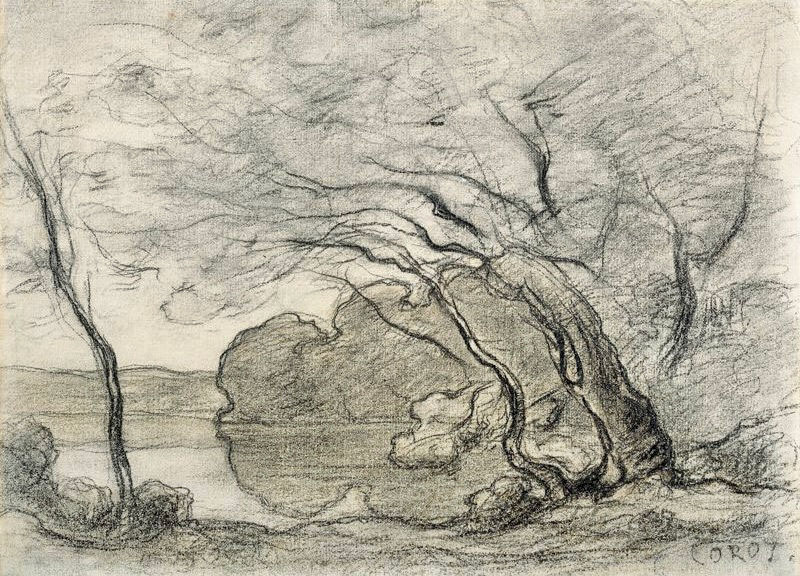Not even for a brief moment does life hold still for you.
When sketching outdoors, the first lines placed on the page are the most important. These spontaneous marks are what I call life lines and they are vital in translating your first visual reaction to your subject onto paper.
